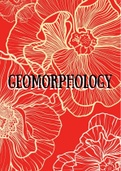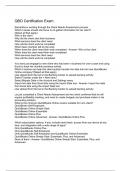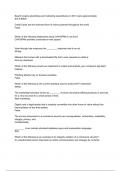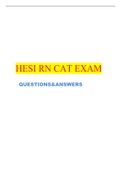Samenvatting
Summary Grade 12: Geomorphology
- Vak
- Instelling
This summary of grade 12 Geomorphology contains: - Cover page - Important Terminology and Definitions - Drainage systems in South Africa - Fluvial Processes - Catchment and River Management
[Meer zien]








